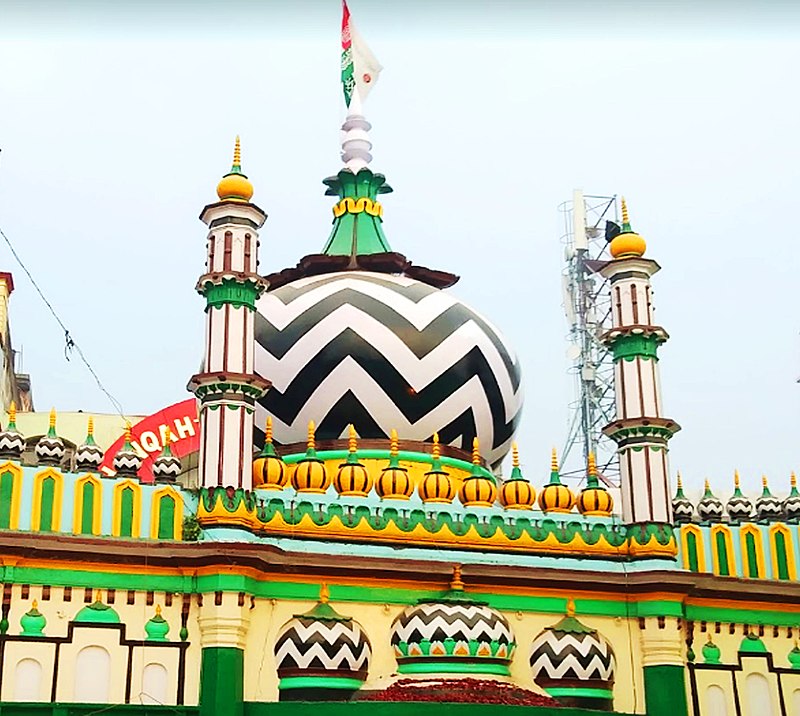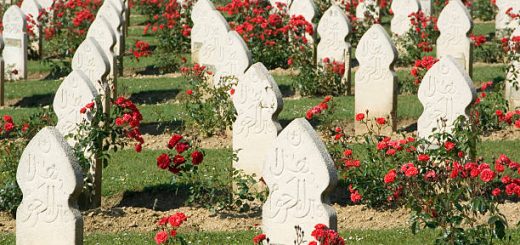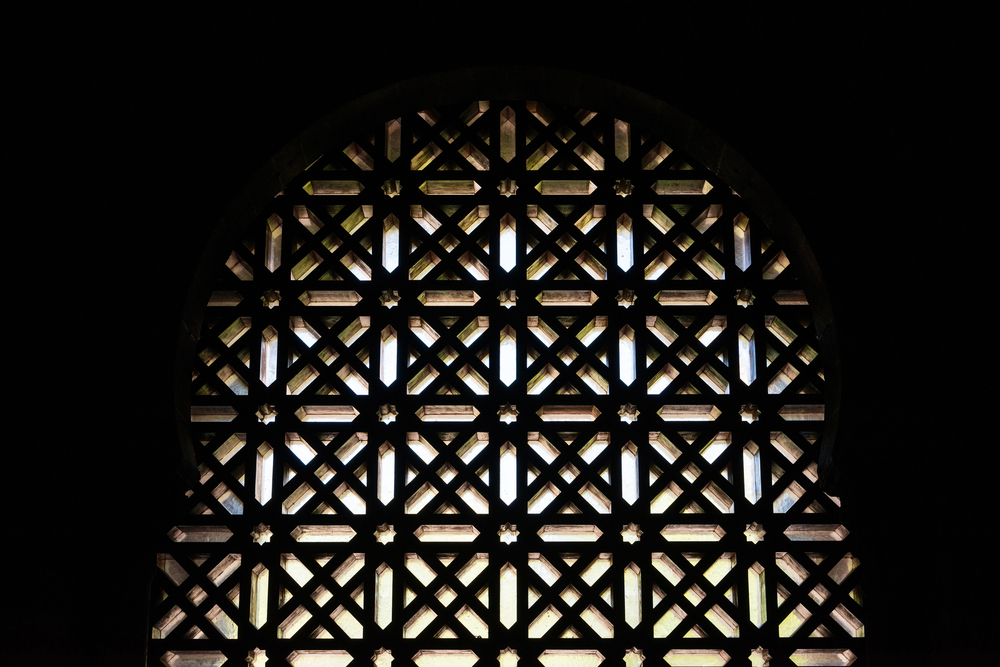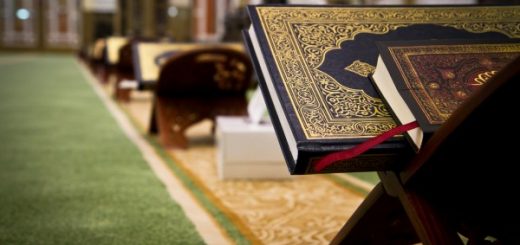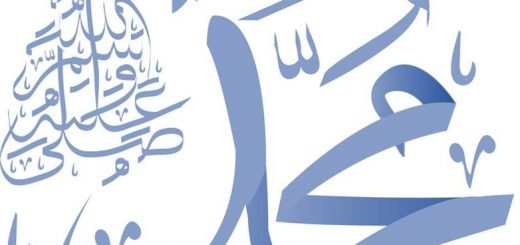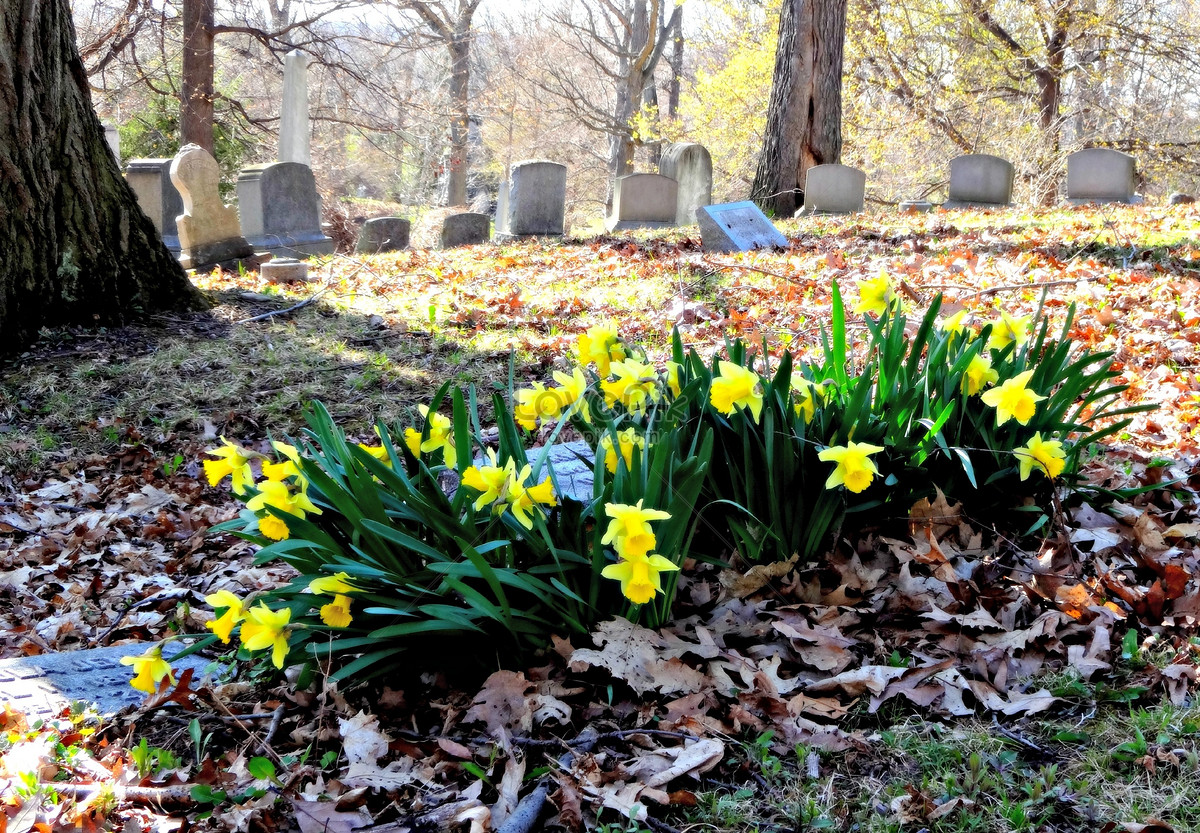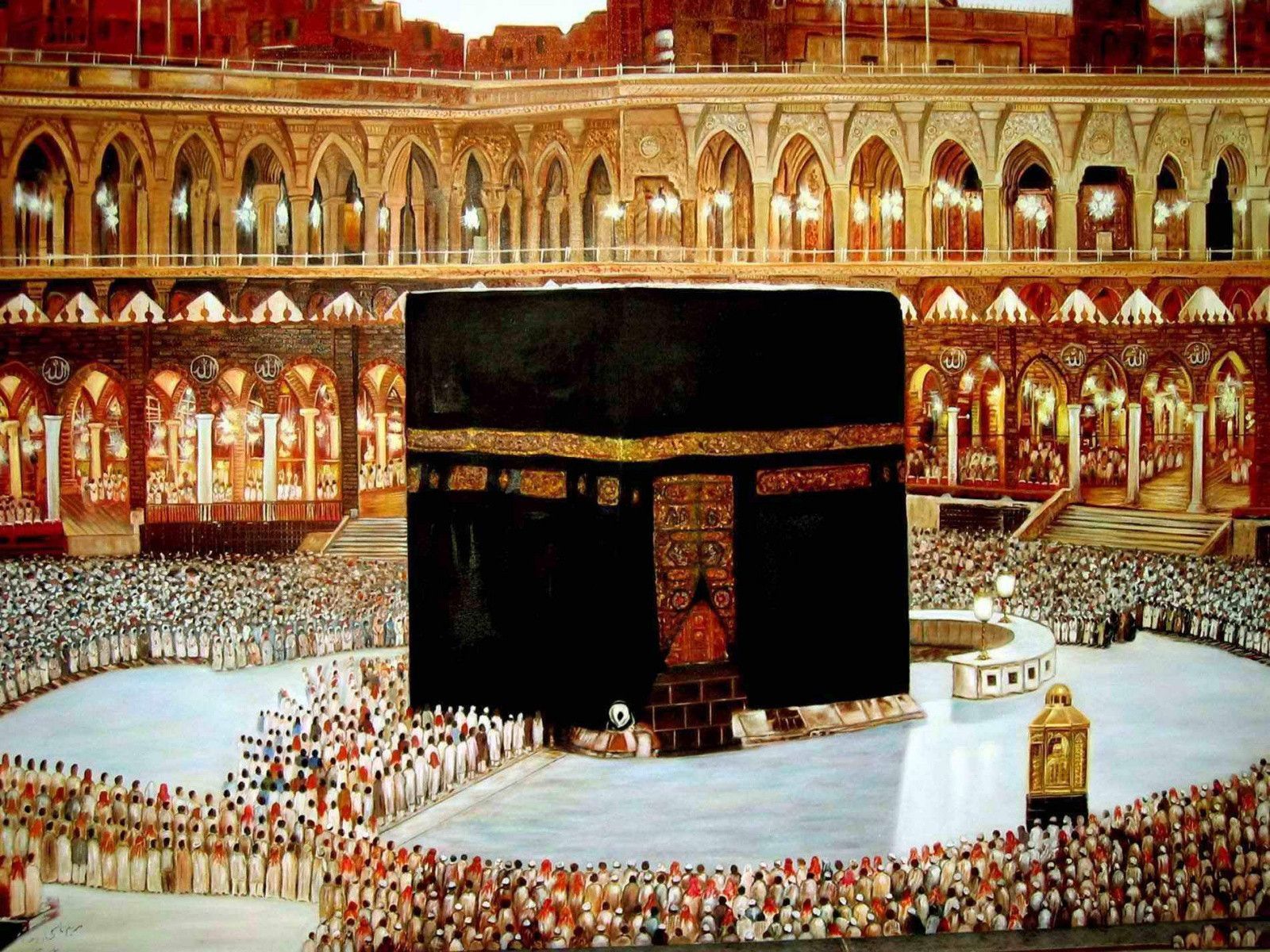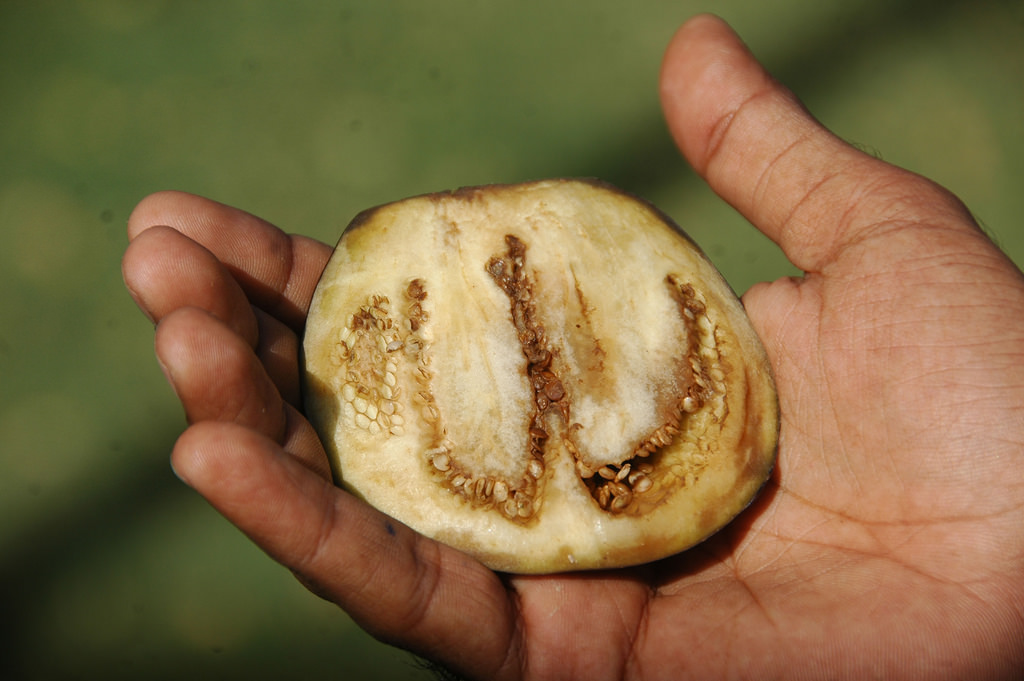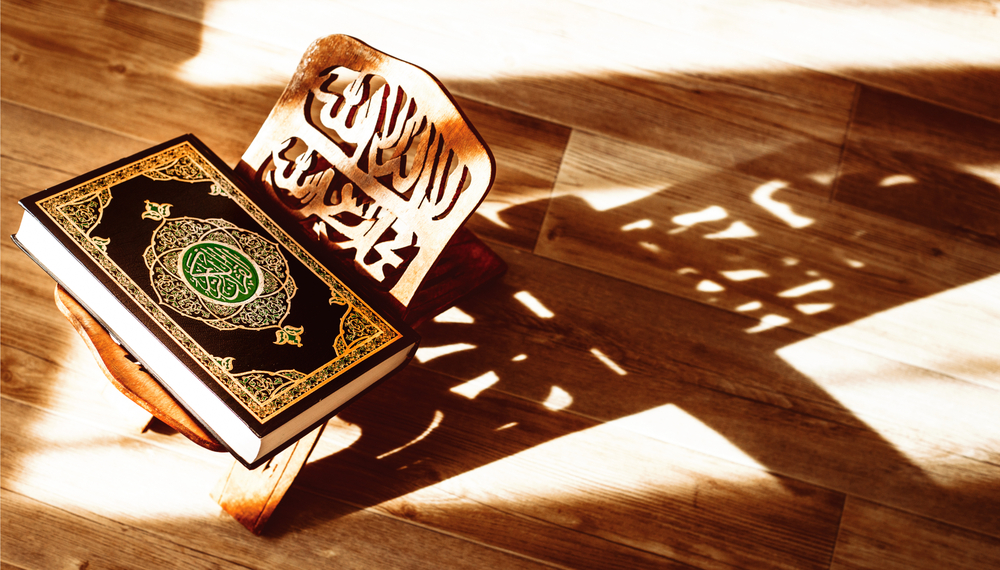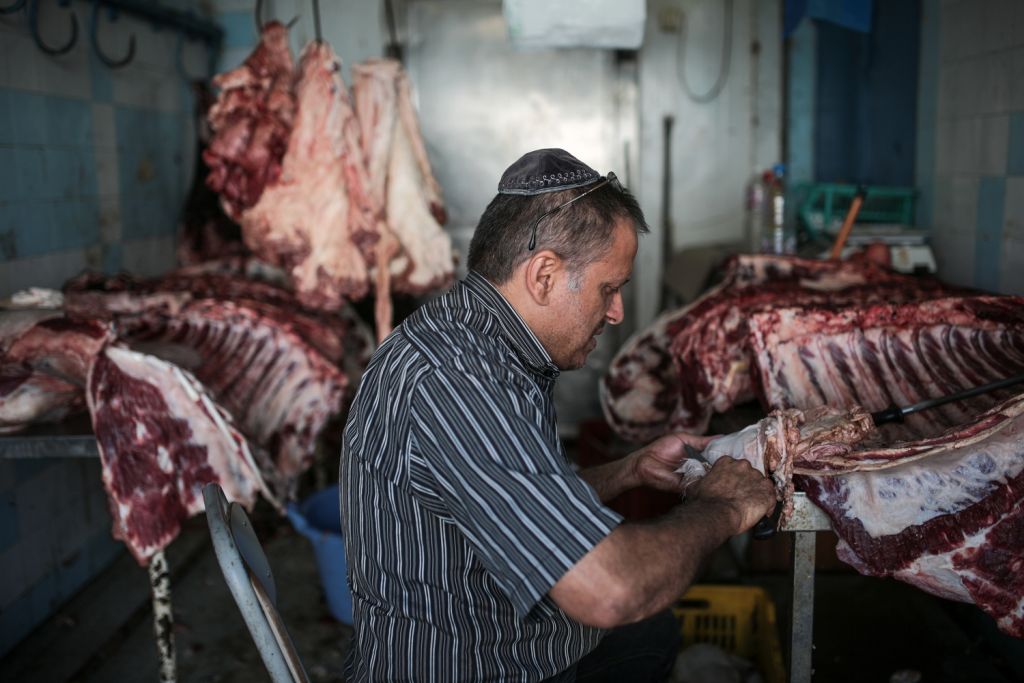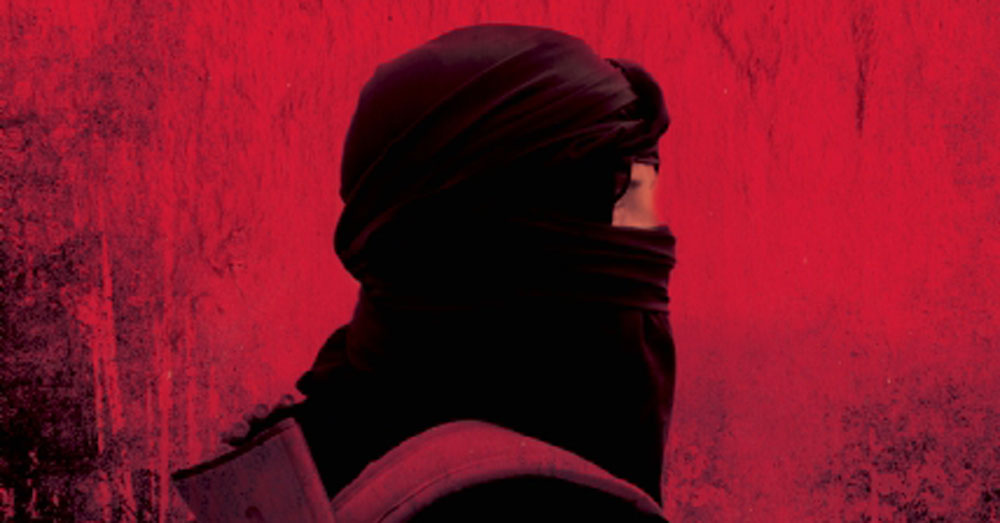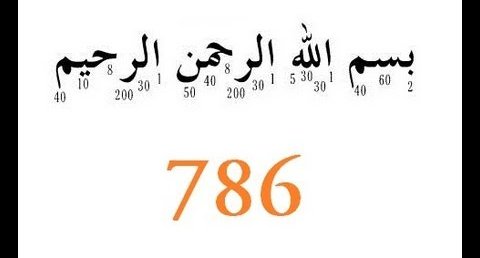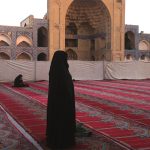QUESTION:
What do the scholars of the Dīn and muftīs of the Sacred Law state regarding the following issue: What is ‘Urs, and is it proven from Hadīth. Also, is it better not to go to an ‘Urs if there is anything taking place there which contradicts Sharī’ah so that one may avoid anything against Islām. Should one supplicate at these shrines? I really need the answers to these alongside proofs.
Questioner: Husayn from England, U.K.
ANSWER:
بسم الله الرحمن الرحیم
الجواب بعون الملک الوھاب اللھم ھدایة الحق والصواب
’Urs means to gather on the day of the passing of the blessed saints and send them reward. Also, it is permissible and Mustahabb [rewardable] to gather at their blessed shrines and have recitals of the Qur’ān, Fātihah, Na’t [praise of the Holy Prophet ﷺ], speeches, and Īsāl al-Thawāb, as these are all virtuous & rewardable actions. Also, visiting the shrines of blessed saints on fixed dates is proven from Hadīth.
“کان النبی صلی اللہ تعالی علیہ وسلم یا تی قبور شہداء اُحد علی راس کل حول”
“The Noble Prophet ﷺ would bless the graves of the martyrs of Uhud by visiting them at the end of each year.”
[al-Durr al-Manthūr li al-Suyūtī, re Sūrah Ra’d, 24, vol 4, pg 640]
[Jāmi’ al-Bayān Tafsīr Ibn Jarīr, 13:24, vol 13, pg 170]
Shāh ‘Abd al-‘Azīz has regarded this Hadīth as credible with regards to (commemorating) the ‘Urs of blessed saints, and Shāh Waliyullāh has stated that celebrating the ‘Urs of Shaykhs is proven from this Hadīth.
[Ham’āt Ham’ah, pg 58]
The practice of the four main Caliphs is also mentioned in Hadīth – they would also visit the mausoleum of the martyrs of Uhud, and why wouldn’t they as they are the true devoted followers of the Holy Prophet ﷺ. Just as it is stated in Ta’rīkh al-Madīnah,
“قَالَ أَبُو غَسَّانَ: حَدَّثَنِي عَبْدُ الْعَزِيزِ بْنُ عِمْرَانَ، عَنْ مُوسَى بْنِ يَعْقُوبَ الزَّمْعِيِّ، عَنْ عَبَّادِ بْنِ أَبِي صَالِحٍ، ” أَنَّ رَسُولَ اللَّهِ صَلَّى اللهُ عَلَيْهِ وَسَلَّمَ كَانَ يَأْتِي قُبُورَ الشُّهَدَاءِ بِأُحُدٍ عَلَى رَأْسِ كُلِّ حَوْلٍ فَيَقُولُ: {سَلَامٌ عَلَيْكُمْ بِمَا صَبَرْتُمْ فَنِعْمَ عُقْبَى الدَّارِ} [الرعد: 24] قَالَ: وَجَاءَهَا أَبُو بَكْرٍ، ثُمَّ عُمَرُ، ثُمَّ عُثْمَانُ رَضِيَ اللَّهُ عَنْهُمْ”
Yes, as to the actions occurring which are in contradiction to Islām, such as prostrating to graves, women freely mixing with men without veiling, women strutting & prancing around mausoleums with their heads uncovered and frolicking around willy nilly. Also, men observing this entertainment, clapping their hands, dancing around – all of these actions are condemnable & are to be refrained from. One needs to abstain from them in all cases, and even more so at the sacred mausoleums of the reputable scholars & revered personalities, however it cannot be said that the ‘Urs of Shaykhs are Harām due to this nonsense & frowned-upon acts; one must stop the actions which have been prohibited. If a fly is sat on one’s nose, the fly is removed – not the nose.
The place where saints live, or have been buried and is there resting place is sacred; worship and supplications are accepted more there. Just as Allāh Almighty states,
}ہُنَالِکَ دَعَا زَکَرِیَّا رَبَّہٗ ۚ قَالَ رَبِّ ہَبْ لِیۡ مِنۡ لَّدُنْکَ ذُرِّیَّۃً طَیِّبَۃً ۚ اِنَّکَ سَمِیۡعُ الدُّعَآءِ ﴿۳۸﴾}
{At that place, Zakariyya supplicated to his Lord. He requested, ‘O my Lord! Give me from Your Court a righteous child; indeed only You are the Acceptor of supplication.’}
[Sūrah Āl ‘Imrān, 38]
Sayyidah Maryam, may Allāh Almighty be content with her, is a saint of Allāh Almighty, in whose closeness Sayyidunā Zakariyyā, upon whom be peace, supplicated and this was accepted. From this, one comes to know that supplications are answered where the saints are Allāh Almighty are present.
والله تعالی أعلم ورسوله أعلم صلی الله علیه وآله وسلم
کتبه أبو الحسن محمد قاسم ضیاء القادري
Answered by Mufti Qasim Zia al-Qādiri
Translated by Haider Ali al-Madanī
Read the original Urdu answer here: [Q-ID0868] What is Urs?
